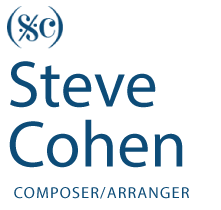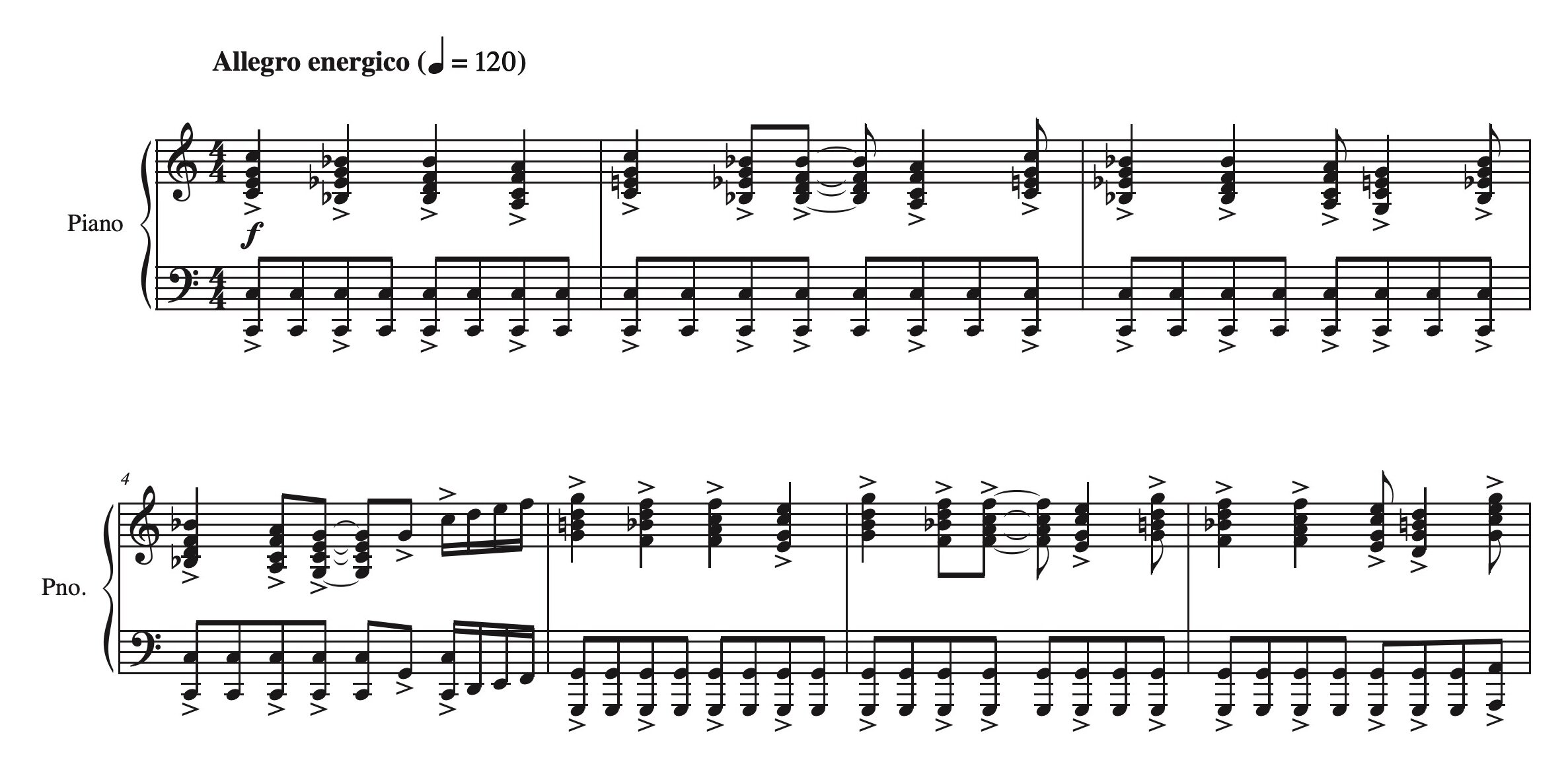This is the first in what may become a series of blog entries, giving some context to various of my compositions: How, why, when were they written, and what happened to them once they were.
In many ways, “Adonai Malach (Psalm 97)” was a breakthrough piece for me.
I had started writing Jewish choral music in 1998, and it took quite some time before it met with any kind of acceptance. A setting of “Hashkiveinu” (2004) for female choir a cappella was performed at a Shalshelet Festival concert. My setting of “Sha-alu Shalom Y’rushalayim” (2006) was the first of my pieces to be performed by the Zamir Chorale and heard at the North American Jewish Choral Festival. My 2008 setting of “Mi Chamocha” got performed at Temple Emanu-El in New York City, and many other pieces followed.
My style was cerebral, and more often than not, people would remark that it “sounded like Rossi.” (Salamone Rossi [1570-1630], court composer to the Duke of Mantua, and the first Jewish composer to write, perform and publish contrapuntal choral music based on Jewish liturgy and texts.) As flattering as such a comparison might be, it was also an indication that my music was challenging for performers and for listeners. Perhaps too challenging…
Lyricist Sammy Cahn was often asked which came first, the music or the lyrics. Sammy would invariably answer, “The phone call!” And, indeed, it was a phone call that prompted me to write what would become one of my most successful choral pieces.
I got a call from Hazzan Faith Steinsnyder of Hebrew Union College. Faith knew my work from having heard it at the North American Jewish Choral Festival, and I had also written a piece for a cantorial student to sing at her senior recital. Faith told me that one of her former students, Cantor Larry Eschler, wanted to commission a new choral piece to dedicate to his teacher, and I was the lucky composer to be selected to write the piece.
I had many discussions with Faith and Larry about what text to set to music and what sort of piece it should be. Both of them told me that they wanted the piece to be a “crowd-pleaser,” and I had to think about how I might go about pleasing a crowd. Certainly not by writing anything that might be mistaken for Renaissance music. The piece had to have a contemporary sound, with rhythm strong enough to grab the listeners. Could I do this and still remain true to myself?
We settled on Psalm 97, which appears in the Shabbat evening litugy as part of Kabbalat Shabbat, a preliminary warmup before the serious praying begins.
The text of the Psalm describes God reigning over the universe, with images of fire, thunder, lighting, mountains moving, and it calls out to be set in a bold, energetic way.
The energy starts right from the get-go with the piano introduction. The left hand plays a steady stream of eighth-note octaves, while the right hand plays a syncopated figure voiced all in triads.
I knew that there was such a thing as the Adonai Malach mode, and that it bore a resemblance to the Mixolydian mode. It’s like a regular major scale, except that the 7th degree is flattened. The I (tonic) chord is major, and so is the IV (sub-dominant) chord, but the V (dominant) chord is minor, and that brings with it a special sort of grandeur.
The piece is in C Major, but look at all the B-flats in the opening vocal phrase!
I won’t bore you with any more analysis. Suffice it to say that even with a strong rock feel, the piece has harmony beyond the usual three chords, and the structure, counterpoint, and dynamics are the work of a composer, not a songwriter. This was my solution to the problem of how to please a crowd without sacrificing my own voice.
The piece was first heard at an American Conference of Cantors convention (2010 — Memphis, TN). It found its way into the repertoire of HaZamir: The International Jewish Teen Choir, who gave the New York premiere in 2011. It has since been performed many times in many places, and it’s currently published by Transcontinental Music Publications.
One of my favorite performances took place in 2018, when HaZamir performed it in David Geffen Hall, Lincoln Center, New York City. That performance was recorded for posterity, and I’m very happy to be able to share it with you here. Enjoy!


